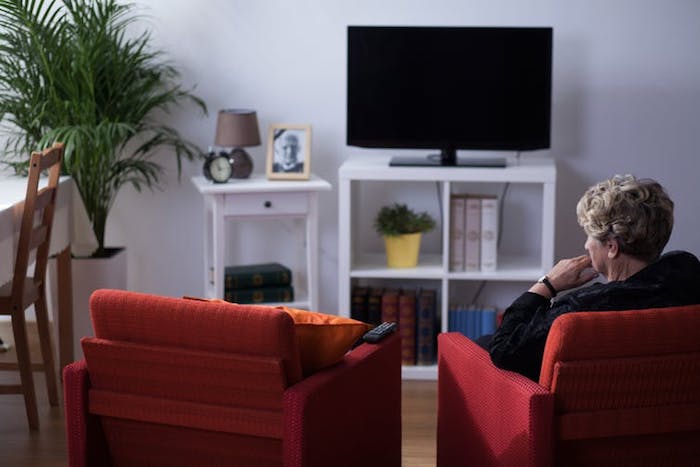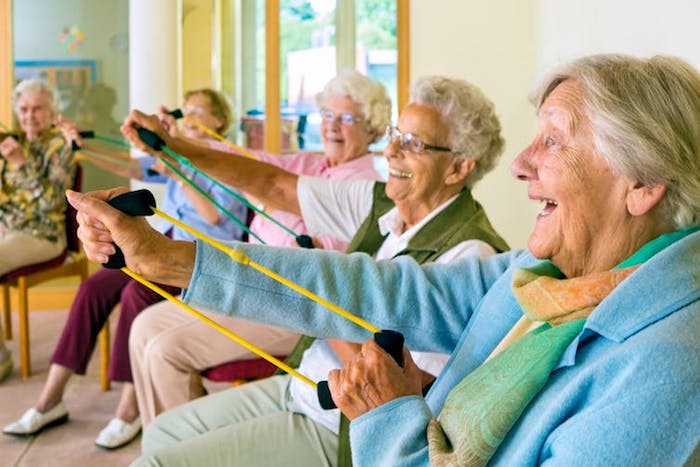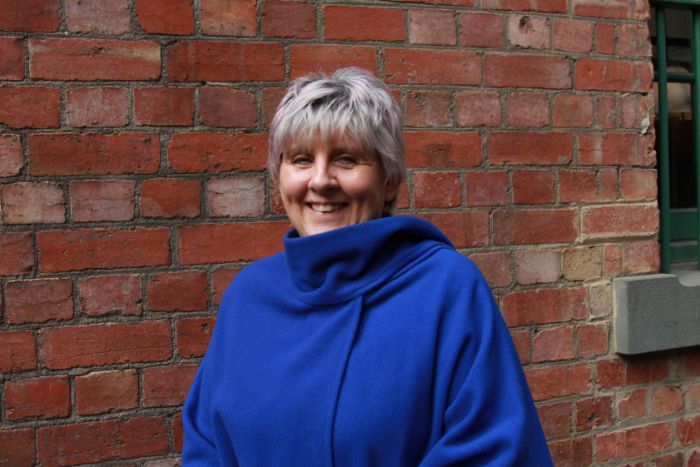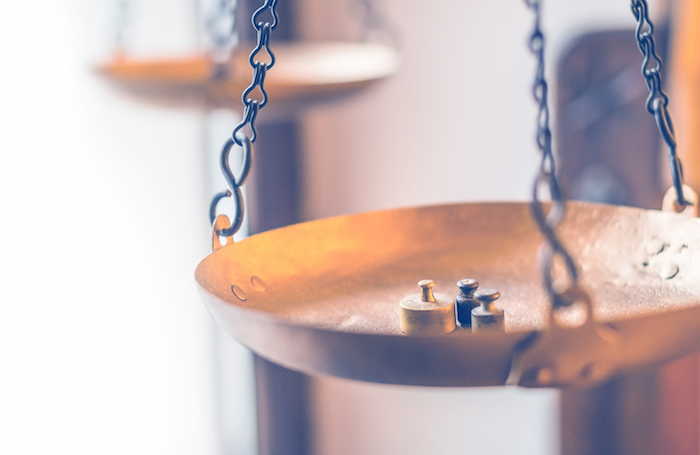
By Dilvin Yasa
In her lengthy career as a palliative care nurse, Elizabeth Barton has seen it all. From the guys who buy brand-new sports cars mere days before they die – “Just so they can say they had one” – to the long-lost relationships rekindled on deathbeds, little surprises her about the way we “do” death any more.
“Everyone’s different; those who have faith don’t appear to fear death as much and, of course, many speak of regrets,” says Barton. “But if there’s one thing that remains consistent about the final journey people make towards death, it’s that it’s always characteristic of the way they lived life.”
While many of us would rather not think about the reality that one day it will be our turn to be tapped on the shoulder (the fact that almost 50 per cent of Australians die intestate – that is, without a will – points to our avoidance), there is much that death and dying can teach us about living well, says Barton.
“It’s a time when people realise that the thing they value most is their human relationships. The most common lament I hear is how they wished they’d focused on spending more time with people. I’ve yet to hear a single person say, ‘Gee, I wish I’d put in more overtime at the office.’ It’s a message worth remembering while you’re still fit and healthy.”
“I FEEL LOVED EVERY SINGLE DAY”
Keely Bennett is a 43-year-old mother of two young daughters (aged nine and seven) who is battling stage-four metastatic breast cancer. In 2011, she was given two months to live.

“The cancer had already spread all over my body – from my liver and lungs to my spine, collar bone and pelvis – by the time they found it in 2011. I was still on maternity leave with our youngest daughter so, like most mums looking after babies, I’d found ways to explain away the fatigue, breast tenderness and back pain I’d been feeling. When the nausea began, I thought it was an indication that our longed-for third baby was on its way, but nothing could have prepared me for the truth. My prognosis was two months – tops.
After 18 months we realised my battle might not end as quickly as doctors had initially anticipated. Among other issues I had chemo, an operation for brain lesions, a total hip replacement, a battle with a flesh-eating disease and radiation for a hip fracture. I didn’t have time to dwell too deeply on what my prognosis actually meant. Will-making took some encouragement by my oncology psychologist because I felt that by writing one, I was admitting defeat. I was not – and am not – ready to die.
The hardest part of living with a terminal illness is trying to find balance between being present here, today, with my family, but also planning for a future where I can no longer be by their side. I have to make the assumption that I won’t see my girls grow up, so it’s about asking myself on a daily basis, ‘Do I write them letters now for their 18th birthdays, or just go out with them and play?’
The cancer keeps finding new ways to come back, so treatment often feels like we’re playing whack-a-mole to buy extra time, but I’m focused on living today very, very well. Last year, we made a trip to Iceland, my bucket-list destination, and we’ve also taken the girls to Europe and to Disneyland. They were things we always planned to do ‘one day’, but now I know ‘one day’ doesn’t happen for everybody.
Obviously I’d change everything in a heartbeat to not have cancer, but knowing my time is limited has given me a gratitude and appreciation for what’s truly important in life. When healthy, many of us dream of a bigger house or a nicer car, but when you’re battling to live, you realise that the only thing that’s worth anything is love.
You work on your relationships, you make an effort to see more of your friends and family, and you become acutely aware of what you feel for others. More than that, you get insight into what others feel for you. I’ve always known I was loved, but now I hear it, see it and feel it every day. Yes, it’s unfortunate that this is often what it takes for people to freely say ‘I love you’, but what a joy to be able to hear and experience it.”
“FEAR CAN BE REDIRECTED”
Broadcaster and journalist Julie McCrossin, 63, was diagnosed with stage-four oropharyngeal cancer in 2013. Having celebrated five years of recovery, she’s taking the fight to a larger audience.
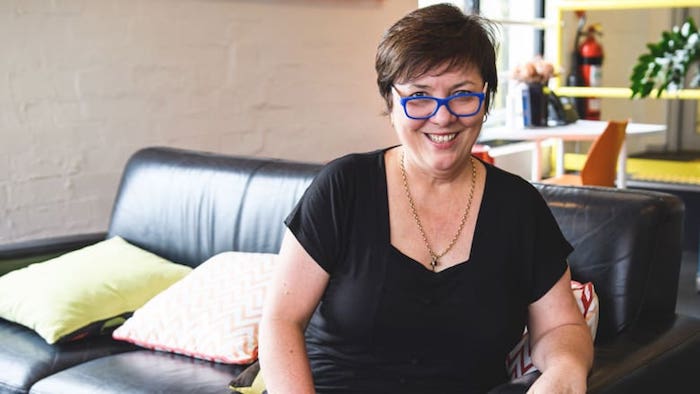
“I faced the possibility of death head-on from day one – probably because my radiation oncologist said, ‘Julie, I expect you to live, but I won’t be surprised if you die.’ I respected him for that, but it still didn’t make my oropharyngeal cancer diagnosis any easier. What did was when he followed with, ‘Look, you’re in with a good chance – and you have a good support network.’ I looked over at my partner Melissa crying next to me and realised, ‘Yes, I may die, but I have to do everything I possibly can to stay alive.’
I felt I was engaged in a battle of survival, and what helped me get through it was thinking about my father, Robert, who was a World War II bomber pilot. I found radiotherapy devastatingly challenging, so I would focus on the fact my father survived 30 tours of duty in a position which had a very high death rate. By chance, I had 30 sessions of radiotherapy.
Once you’ve been touched by death, you’re never truly the same person again. I’ve just celebrated the five-year anniversary of my recovery, but the fear of recurrence continues. To counteract that, I’ve become heavily involved with patient advocacy, which has been a deeply positive experience. It calms me and brings me joy in ways I never could have imagined.
My battle with cancer has taught me that life is precious beyond words, and you’ll do anything to be able to stay and enjoy it for a little longer.”
Julie is an ambassador for Beyond Five – Targeting Cancer and TROG Cancer Research, and hosts the Cancer Council NSW podcast series The Thing About Cancer, which can be found at cancercouncil.com.au/podcasts. For more information about cancer, visit cancercouncil.com.au.
“I’VE LEARNT THAT JOY CAN COME WITH FORGIVENESS”
Irene Hellas, 46, lost her partner George to suicide in 2012, prompting a long period of soul-searching. She now works with Suicide Prevention Australia.
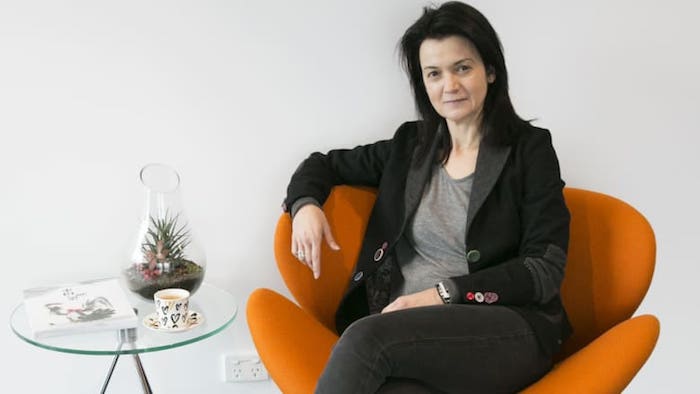
“Ten days before George took his own life, he began a period of what he called ‘spring cleaning’. It started with a furious reorganisation of his paperwork and finances, and ended with phone calls to family and friends to offload some of his most prized possessions. Looking back now, I realise he was getting his affairs in order before he went, but although I was rattled at the time, I just didn’t know how to ask the question, ‘Are you okay?’
When I went to his house and he didn’t open the door, it couldn’t have occurred to me what was on the other side. George had never shown any sign of mental illness. His death, and the way in which he went, derailed all of us.
My dreams died with George that night. We had planned to get married and start a family, but suddenly I was alone. I was angry at life, angry at myself and angry at George for leaving me. I began retreating inward and letting my feelings consume my life, so when a friend insisted I seek help, I reluctantly agreed.
I began working one-on-one with a psychologist, attended seminars, had some life coaching and read books like This Is How We Grow, by Dr Christina Hibbert. There’s a line in that book which quickly became my personal motto: “When life throws you in the mud, plant yourself and grow.”
It was a five-year period of soul-searching before I realised that all the signs were pointing to forgiveness and finding a new purpose. Once I was able to forgive George for what he had done to me by leaving the way he did, the release everyone said would eventually happen occurred. I began to feel a strong gratitude for George and the gift he had given me by being in my life for as long as he was.
Before George’s death, I had a lot of masculine energy; I was harsh and didn’t demonstrate empathy towards others the way I could have. I’m a lot more compassionate now compared to what I was. I’m softer in my approach, in touch with my feelings, and I stress a lot less about the things I know don’t really matter.
George’s death had me questioning my purpose for a long time, but ultimately I’ve found it. I now volunteer regularly, and I’m dedicated to working with Suicide Prevention Australia to help raise awareness that most suicides are preventable. Joy, I now know, is looking outward, contributing to society and helping others, and true joy can only ever start with self-love.”
Irene is a member of Suicide Prevention Australia’s Lived Experience Network. Visit suicidepreventionaust.org to find out how to get involved and access a comprehensive list of support services.
Complete Article ↪HERE↩!



